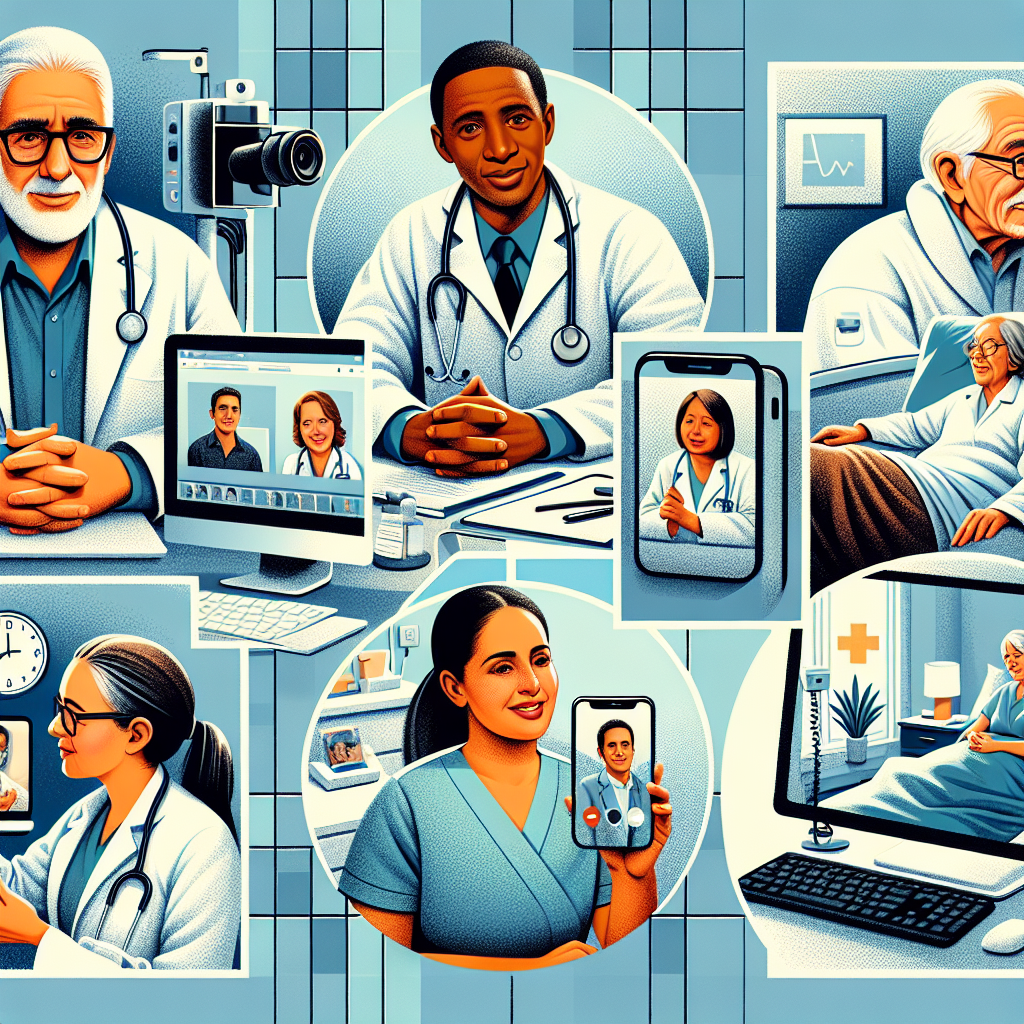Living in a rural area can often mean limited access to healthcare services. With long distances to travel and a lack of medical facilities, residents in these areas can find themselves facing significant barriers when it comes to receiving the care they need. This is where telemedicine comes in, offering a solution that is revolutionizing healthcare accessibility for those living in rural communities.
Telemedicine, also known as telehealth, involves using technology to provide remote healthcare services. Through video calls, phone consultations, and other digital tools, patients can connect with healthcare providers without having to leave their homes. This not only saves time and money on travel expenses but also ensures that individuals in rural areas have access to the same quality of care as those in urban centers.
One of the key benefits of telehealth is its affordability. By eliminating the need for in-person visits, telemedicine reduces costs for both patients and providers. This makes healthcare more accessible for individuals who may not be able to afford traditional medical services or who live in areas with limited resources.
Another advantage of telemedicine is its ability to bridge the gap created by healthcare deserts – areas where there are few or no healthcare providers available. By connecting patients with a wider network of doctors and specialists through virtual appointments, telehealth ensures that everyone has access to the care they need, regardless of where they live.
Overall, telemedicine is breaking down barriers and revolutionizing healthcare accessibility for individuals in rural communities. By leveraging technology to connect patients with providers remotely, telehealth is transforming the way we think about healthcare delivery and ensuring that everyone has access to quality medical services, no matter where they are located.

Leave a Reply